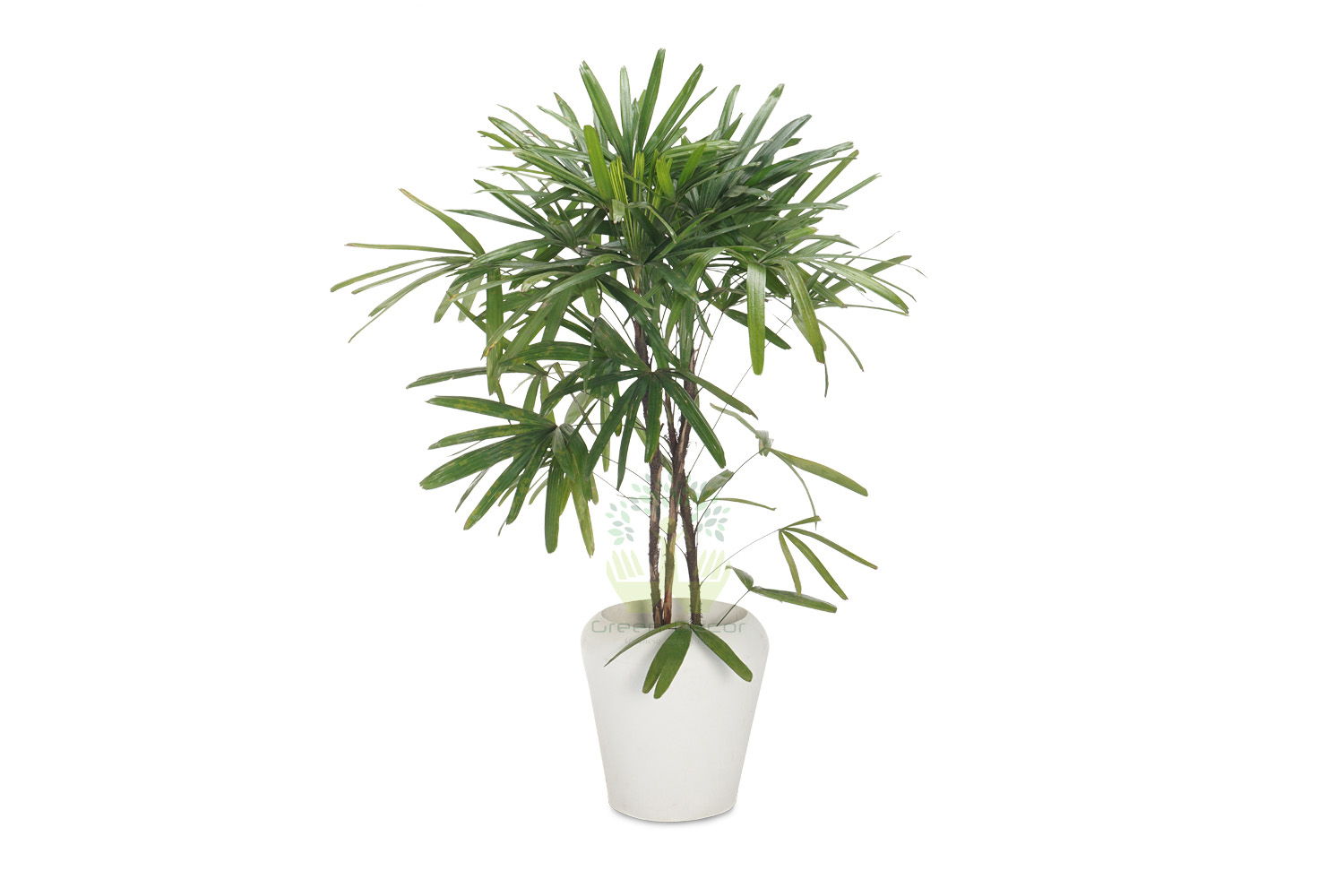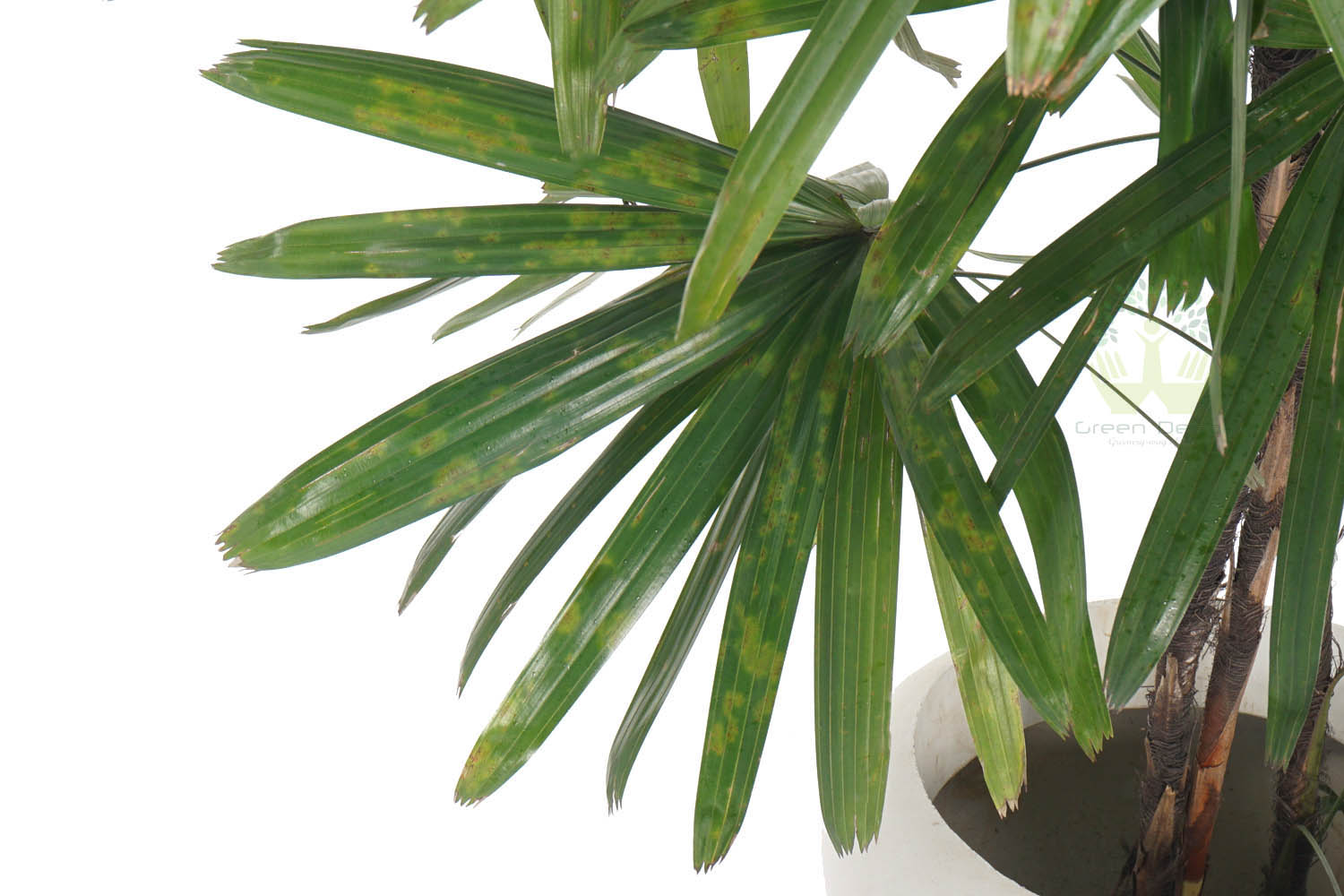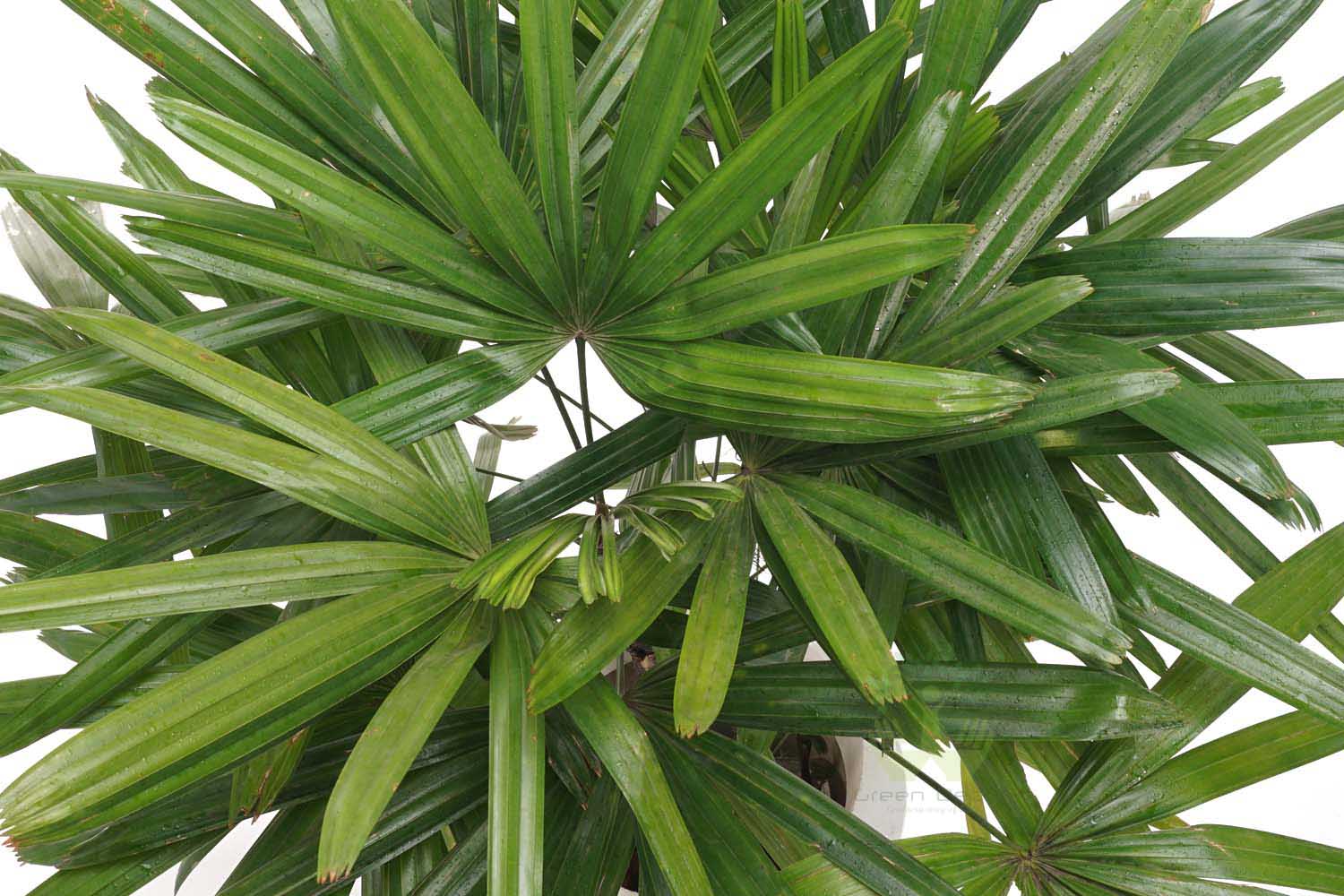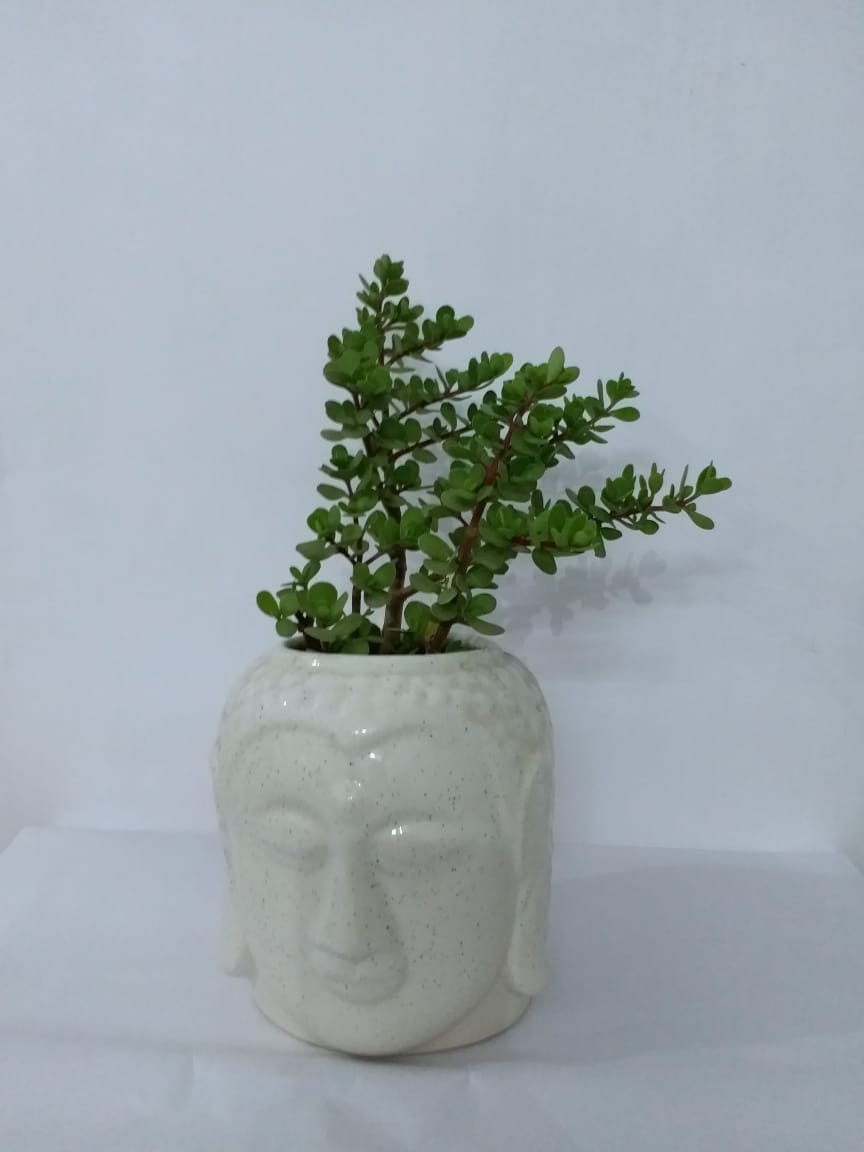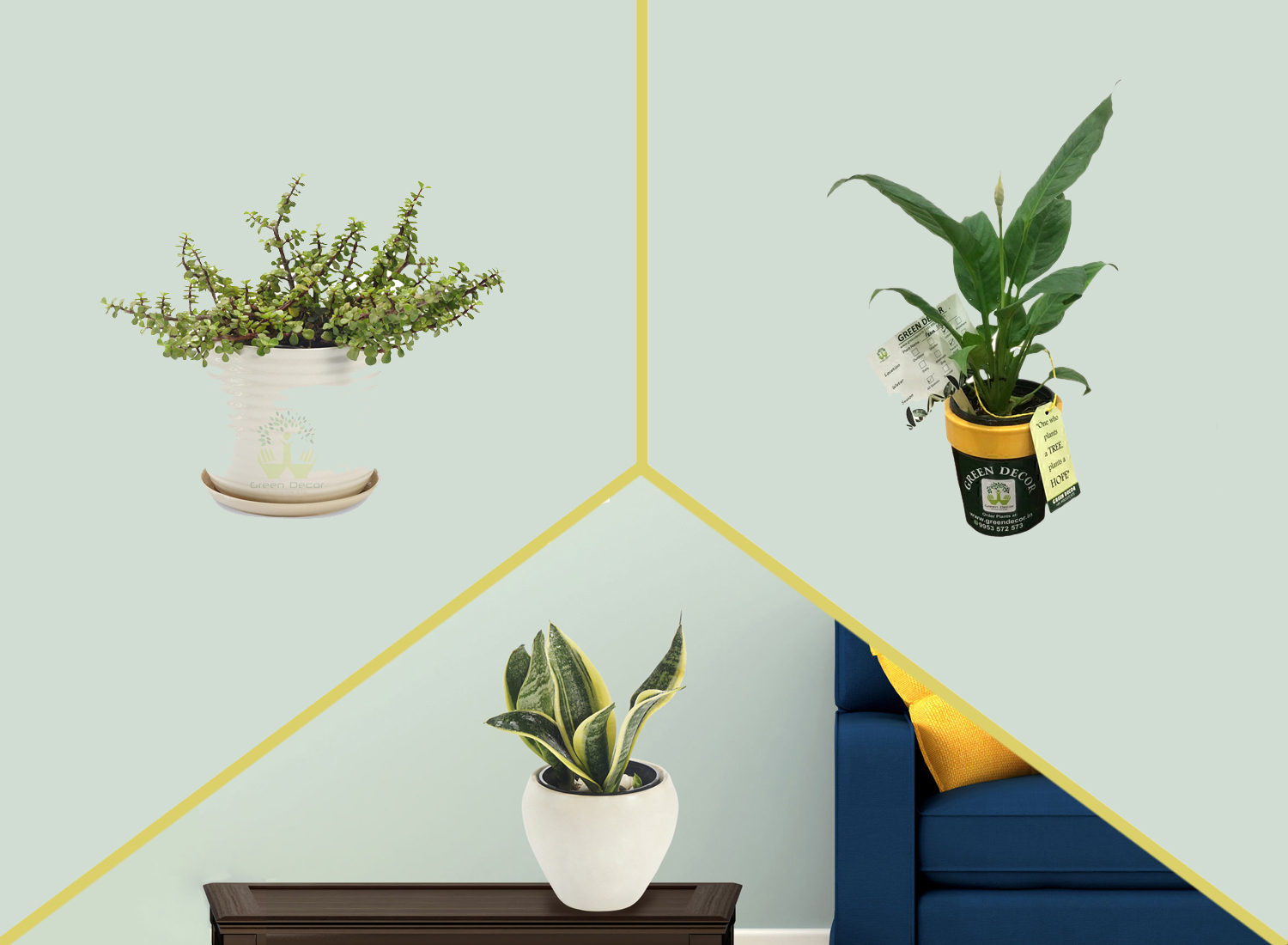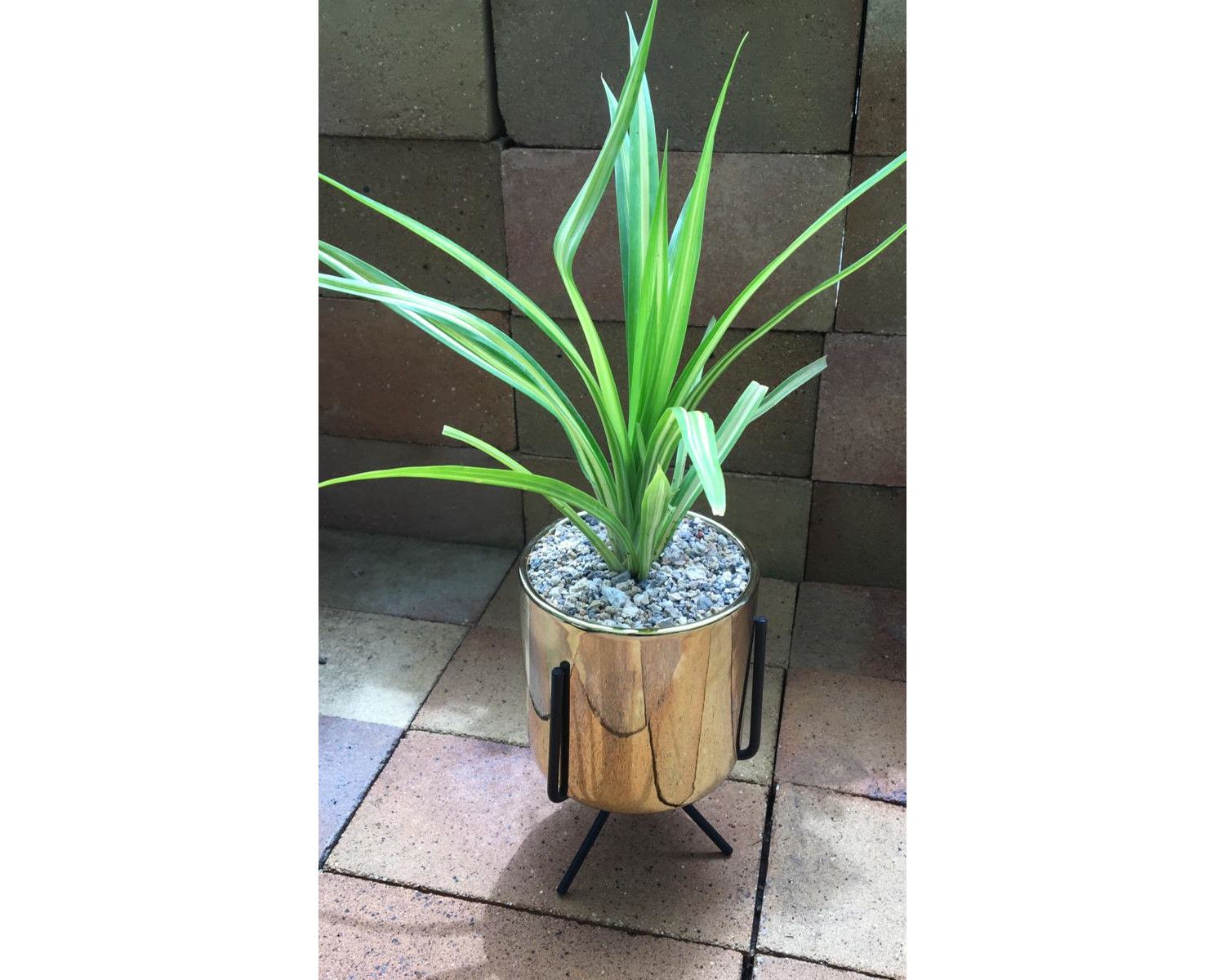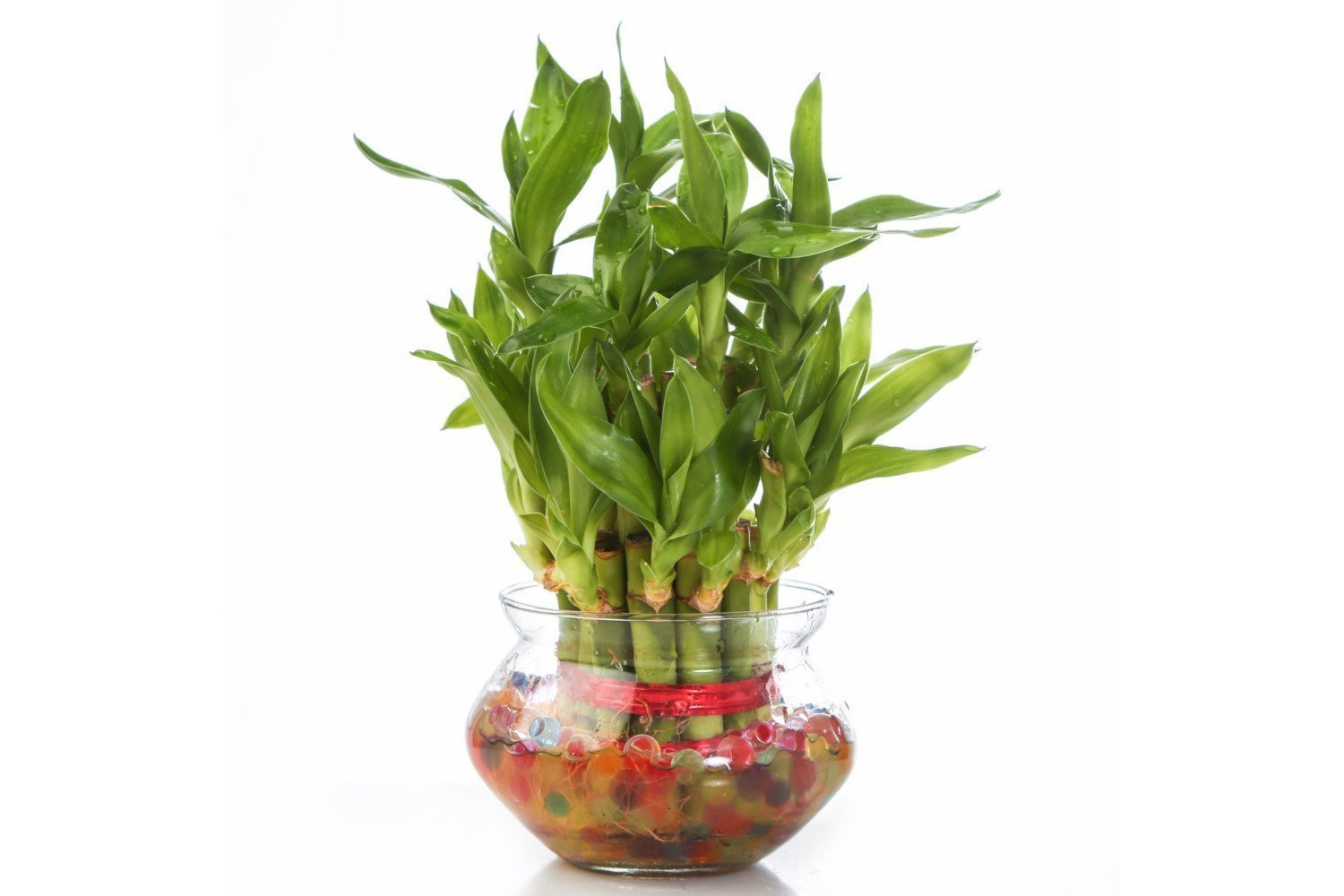Broadleaf Lady Palm
495
Maintenance Level
Low
Placements
Outdoor-Shades or Indoor
Toxic
NO
Fragrance
None
Seasons
All Weather
Plant Height
12" to 40"
Water Frequency
Winter
Twice Week
Summer
Daily
Fertilizer Frequency
Winter
3-4 Month
Summer
1-2 Month
- About Broadleaf ..
- How To Grow Broadleaf ..
- Benefits of Broadleaf ..
- Maintenance Tips
- Shipping Info
Rhapis excelsa grows up to 4 m in height and 30 mm in diameter in multi-stemmed clumps with glossy, palmate leaves divided into broad, ribbed segments. Leaf segments are single or few in young plants and increase to a dozen or more in mature plants; segments are divided to the petiole. Leaf-ends are saw-toothed unlike most other palms, occurring on slender petioles ranging from 20 to 60 cm in length. New foliage emerges from a fibrous sheath which remains attached to the base. As the plants age, the sheaths fall, revealing the bamboo-like trunks. This usually dioecious palm species produces a small inflorescence at the top of the plant with spirally-arranged, fleshy flowers containing three petals fused at the base.
Soil Need
Potting Soil Mix, Clay Sand Mix, Loamy Soil
Fertilizer (type)
Nitrogen Phosphorus Potassium Fertilizer
Growth Pattern
Slow
Pruning
4-5 Month
Re-Potting
Every 17-18 Month
Process :
1. Lady palms can thrive in any kind of light from shade to full sunlight. The best results will likely be found in full, but indirect sunlight.
2. Use soil that drains well, lady palms will tolerate most different types of soil (clay, sandy, loamy).
3. Do not over water. It can tolerate dry periods, but keep them short. Lady palms prefer soil that is constantly moist.
4. Use a 10-10-10 fertilizer from time to time, it's not necessary as lady palms are very susceptible to injury from over-feeding.
1. Adds Beauty to House
2. Clean air Pollutants
Do's
1. Add some organic material to soil as well so it will hold some of the moisture, while allowing for good drainage.
Don'ts
1. Do not permit standing water to collect, as it will rot the root system.
2. Avoid moveing it into fuller sunlight, the leaves may turn yellow and their tips might burn.
